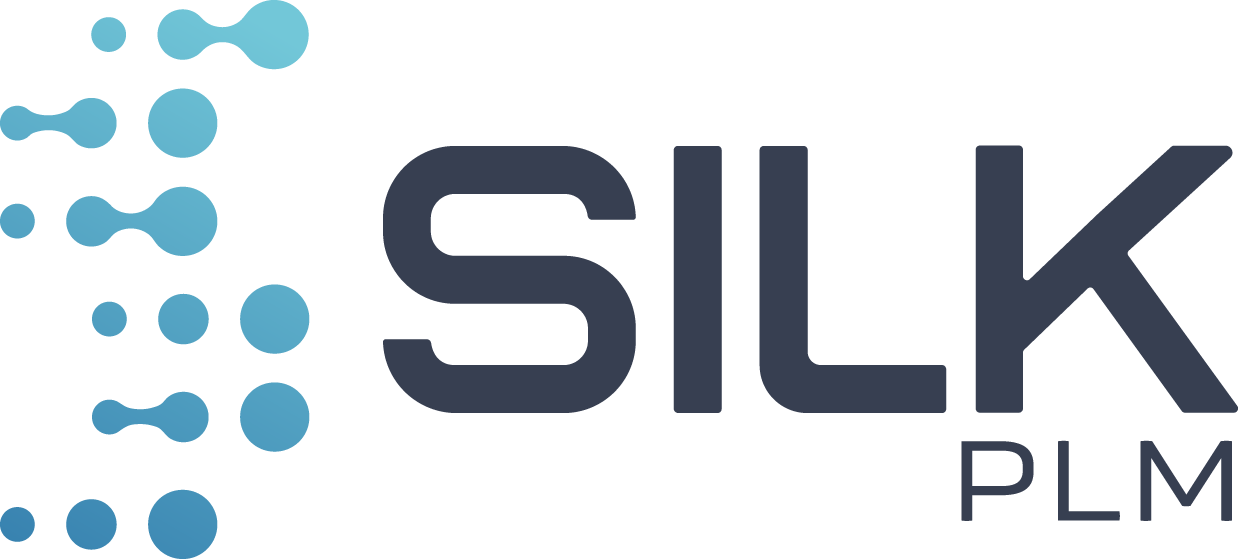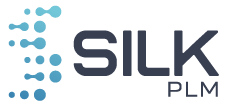Modern technologies significantly simplify the functioning of companies, often with a strongly diversified business profile. In many cases, it is possible to take advantage of practical digitalization tools, used to improve the flow of information within the company and between the links of supply or value chains. Frequently, the right software comes in handy when planning the entire product lifecycle (its phases and all processes).
What IT systems can be used for this? What is the difference between a PLM and a PDM software and which product should you choose? Read all about it below.
Product lifecycle – what is it and what does it include?
Product lifecycle is a broad concept that, for the purposes of manufacturing and related supply chains, is often defined as the sequence of events that follow from the conception of an idea for the creation of an object, through all phases of execution, deployment to the market, presence in sales, and the withdrawal of the product from the market.
Each of these stages requires the proper use of human and/or machine resources. And this, in turn, means that each process should be properly planned to use exactly the resources that are needed at the time. Modern software is now becoming a great support in such planning.
Product lifecycle – a modern approach to management
Product lifecycle planning can be optimized and designed in a way that makes all stages run smoothly and efficiently. This reduces the time it takes to complete each task, which translates into optimization as well as a reduction in the cost and labor required to achieve better results.
In the era of global competition and international supply chains, any improvement can contribute to gaining an edge over industry rivals. It’s hardly surprising that digital workflow tools are becoming increasingly popular.
Product lifecycle and PLM software vs PDM software
Various types of software that support product lifecycle management can be found on the market. The basic solution is PDM (Product Data Management), which allows you to organize, manage, and track data about a specific product.
In addition, PLM (Product Lifecycle Management) platforms are also used. What are they? A kind of large repositories where all product lifecycle data goes. They are updated on a regular basis by simpler programs, used to collect measurements or perform individual tasks at each stage of the chain. The result is a comprehensive database of product lifecycle data, which is useful for optimization processes, more efficient management of a given product, and planning business activities for the future.
How does PLM work? It centralizes all processes related to a product. Within a single platform, you get a chance to manage, modify, and collect data from the stage of:
- product introduction and development,
- cooperation with sub-suppliers,
- quality control,
- making changes,
- withdrawing a product from sale.
This gives you a comprehensive solution and makes for a better execution of tasks related to all aspects of a product’s performance on the market.
How to use a PLM software – a modern solution from SILK PLM
What can a PLM software offer? If you choose a practical and modern solution, like the one from SILK PLM, with a platform that functions in the cloud, you get a convenient tool to manage the entire product lifecycle, as well as all changes and projects for years to come.
According to the data, a well-matched PLM system allows you to shorten the product development cycle, manage it better, reduce costs (production, transportation, storage, recall), and even improve the quality of the goods going to satisfied customers.
Therefore, it is worth looking into the available options and choosing one that will not only allow you to carry out your current tasks more efficiently, but also support the further development of your company and, of course, your products.


